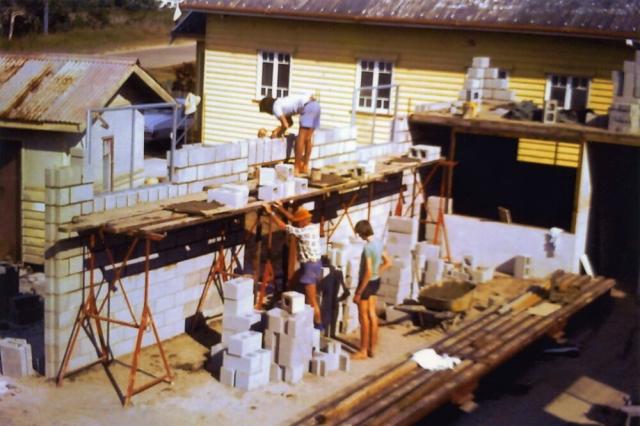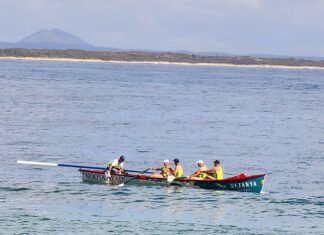Did you know that before Covid disrupted our lives so completely, only eight per cent of Australians regularly worked from home?
Or that during the peak of the lockdowns that number jumped to 40 per cent, and is still hovering around 30-40 per cent as the pandemic (hopefully) fades away?
But the bigger question is this: is the office dead and buried?
In Canberra, no. Everyone still goes to one, but everywhere else, the old nine-to-five is proving very hard to revive.
Of course, if you’re a stop-go worker on the main roads or a checkout worker at the supermarket, it’s rather difficult to make a case that you can work more efficiently from home, but nearly four out of 10 Australian workers are already getting away with it, and the experts tell us that there are a lot more who want to join them and are planning their lives accordingly.
“There’s no doubt that Pandora’s box has been opened,” author and trend forecaster Michael McQueen told the ABC last month.
“And it’s unlikely we’re going to go back to the way that things were in the pre-pandemic days of people working in an office full time.”
According to some commentators who have made the demise of the office a study, the pandemic made us realise that for many people, working from home was a viable, even preferable option, but there was an assumption that, like eating out, as soon as we were allowed to do it, there would be a bun rush not just back to restaurants but to the office water cooler for some good old work-based gossip, which is basically the appeal of shared work space or hubs.
But it hasn’t happened, and the main reason, in the cities at least, is the commute.
Before Covid, full-time workers in Australia’s capital cities spent an average of 67 minutes a day travelling to and from work, but with city housing prices and rentals rising an increasing number were doing double that.
Of course, if you work in an office in Noosa Shire, all you have to worry about is the school drop-offs on Beckman’s Road, but spare a thought for hospitality workers forced by economics to live outside the shire and use public transport to get here.
A global study released in September by the National Bureau of Economic Research in the US found that 35 per cent of Australians said they would quit their job or start looking for another if their employer forced them to return to the office full time, and would be prepared to accept a five per cent pay cut if they could work from home two to three days a week.
According to forecaster McQueen, despite a pre-Covid fear amongst employers that working from home would damage productivity, a large group of workers has now settled into a pattern of working from home Mondays and Fridays and heading into the office Tuesdays, Wednesdays and Thursdays, thereby earning themselves the acronym, TWATs.
The Australian Government’s Productivity Commission’s working from home research paper released late last year called the forced experiment “a major change in the labour market that has occurred at unprecedented speed”.
The paper also found that most workers would be willing to take a pay cut or change jobs in order to keep doing it. The primary reason? To avoid the commute.
The Productivity Commission concluded: “Working from home represents a potential overall gain to society, and there is a strong case to allow workers and firms to negotiate mutually beneficial outcomes.”
The vast majority of 50 major Australian companies employing more than one million workers between them, polled by the Nine Newspapers late last year, agreed. Forty-two of the companies surveyed “explicitly confirmed the permanent adoption of hybrid [part-time at home] working policies for office-based employees”.
Of course, those of us who work and never (or rarely) have to darken an office door are still in the happy few.
But I’ll share a secret: I’ve been doing it for most of my half-century-plus working life.
It began in the ‘70s when I edited a surfing magazine at Sydney’s Whale Beach and never worked if there was surf, and it continued through the ‘80s when I shared a cubicle at The Bulletin magazine in Sydney with a former seminarian who, like me, didn’t come in much. I guess that made Tony Abbott and me proto-TWATs.
In December 1989, just after Labor’s historic victory in Queensland, I was bushwalking in the Blue Mountains with my editor and frequent lunching pal at The Bulletin, David Dale, when he confided that the magazine’s Queensland correspondent had resigned his post.
“I’ll do it on one condition,” I hurriedly offered.
“That I don’t have to live in Brisbane.”
By February I’d moved the family to Noosa and never went to the office again, apart from five years in France, where they do things differently.








